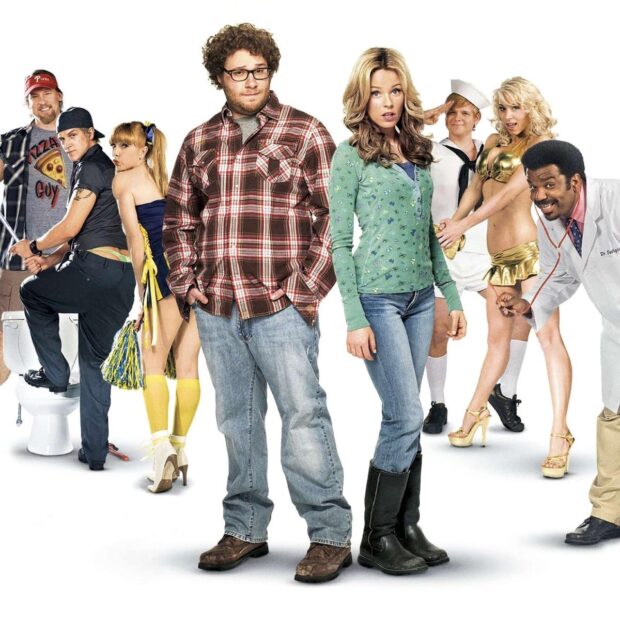Delta And The Bannermen sees Doctor Who say Hi-de-Hi to a literal camp adventure.
The third serial of DOCTOR WHO’s redefining Season 24, DELTA AND THE BANNERMEN, may suffer from a clumsy and largely unsuccessful attempt to pun the all but forgotten pop group Echo And The Bunnymen, but it’s also the serial that’s surprised me the most on reappraising it. Oh sure, it still has some of the hallmarks that classic Who is often derided for (some of the make-up effects are truly atrocious) but again, the signs of the Sylvester McCoy renaissance are there in abundance and, as we’re back on location, the visuals are as bright and sunny as you could ever want.
On the planet of Chumeria the Bannermen, led by the ruthless warlord Gavrok (Don Henderson) are close to completing their intended goal, the genocide of the Chimeron. By the desperate sacrifice of the last of the Chimeron forces, their Queen (Belinda Mayne) is able to escape with a single egg representing the hope and future of her species. Her hijacked craft brings her to the Navarino spaceport where she boards a pleasure cruise. Also visiting the spaceport are The Doctor (Sylvester McCoy) and Mel (Bonnie Langford), serendipitously becoming their ten billionth customer and winning a sightseeing excursion to Earth, 1959.
For the first time since THE TWO DOCTORS, DELTA AND THE BANNERMEN saw DOCTOR WHO use a three-episode story format, something that would go on to become a staple of the McCoy era. It’s also the first story where – despite the breezy tone of the adventure – the underlying darkness which would come to define the seventh doctor starts to emerge, and it also marks the debut of the question mark umbrella.

Although Richard Briers in PARADISE TOWERS was probably the worst stunt casting in the history of the series, it was the casting of Ken Dodd in this story that drew the most attention at the time and not much of it was positive. In retrospect, it’s not actually that bad, mostly because it’s actually very brief. He pops up, does his tattyfilarious schtick, sends the Doctor and Mel on their way then is promptly killed by his fellow guest star Don Henderson. Henderson, it has to be said, absolutely throws himself into the role of Garvok with unrestrained gusto. He’s clearly having the time of his life being a Doctor Who baddie and it shows. It’s something of a shame, then, that the story keeps Garvok and The Doctor at a distance for so much of its runtime.
The bait ‘n’ switch of teasing 1959 Disneyland only to deliver 1959 Shangri-La holiday camp in Wales is classic BBC parsimony but the story doesn’t really suffer from the lack of Mickey and Donald and, of course, there’s a poetic foreshadowing of the series setting up production in Wales, even if it would take another twenty-plus years to make the move permanent.
Although this would be the season’s first three-part story, it really does feel like it needs an extra episode in a way that its predecessor absolutely did not. There’s so much to explore and unpack around the CHimerons and their nature, the Bannermen and, of course, the mysterious beekeeper Goronwy (Hugh Lloyd). Much more could have also been done with the subplot involving America’s latest satellite launch which in the redux three-part version feels like an almost entirely unrelated bolt-on. The guest cast is fun and it’s obvious to see the production wheels turning in the background as DELTA AND THE BANNERMEN is blatantly set up for the exchange of companions, ostensibly swapping Ray (Sarah Griffiths) in for the departing Mel, which goes a long way to explaining why Mel has absolutely nothing to do in the third episode as the adventure reaches its climax. In the end, Langford opted to stay on, blocking Griffiths’ entry to the TARDIS but propping the door open for Sophie Aldred to jump on board in the next serial.
There’s confidence at work here that’s both heartwarming and reassuring. While the make-up effects really let the side down, the other production values are top-notch for the series and the atmosphere is wonderfully irreverent thanks to the unusual inclusion of so many genuine (albeit rerecorded) rock’n’roll classics.








